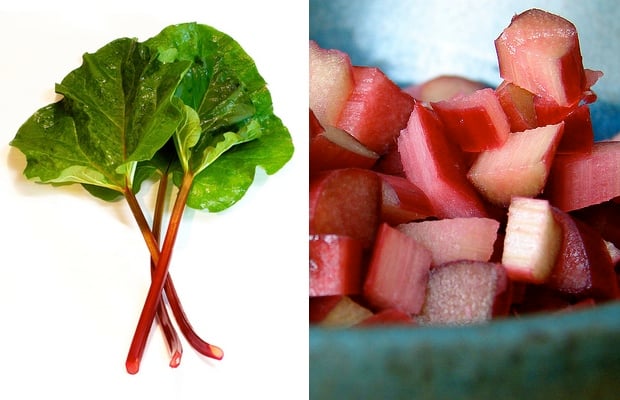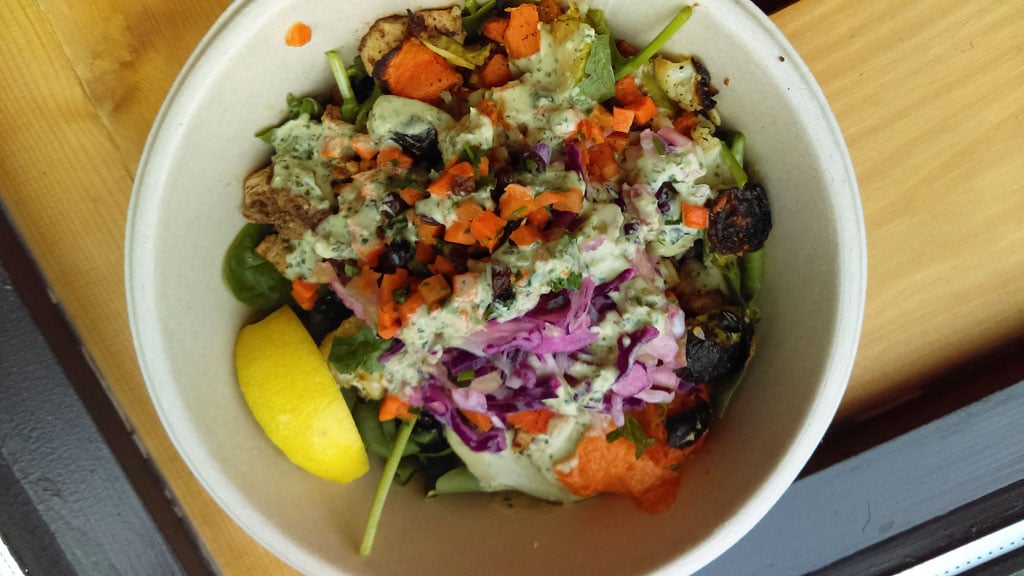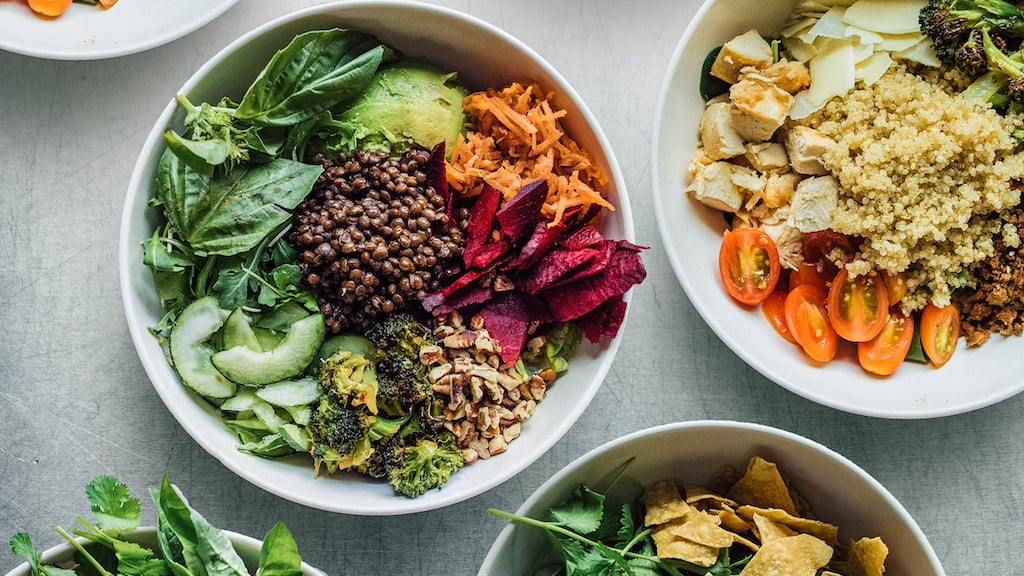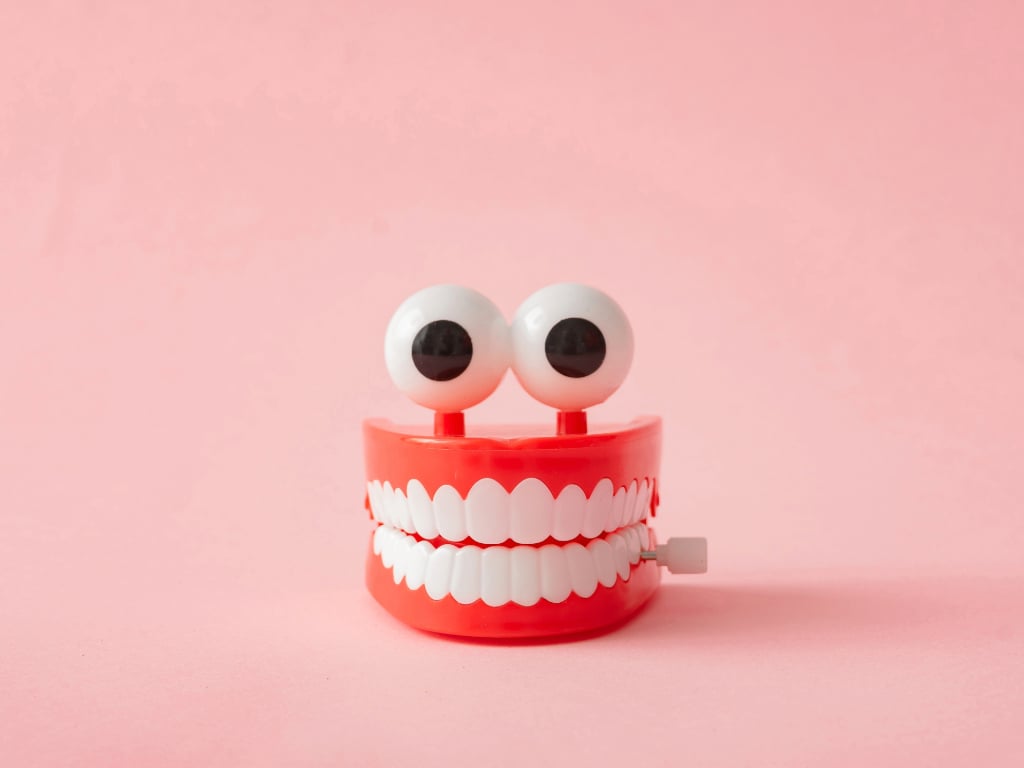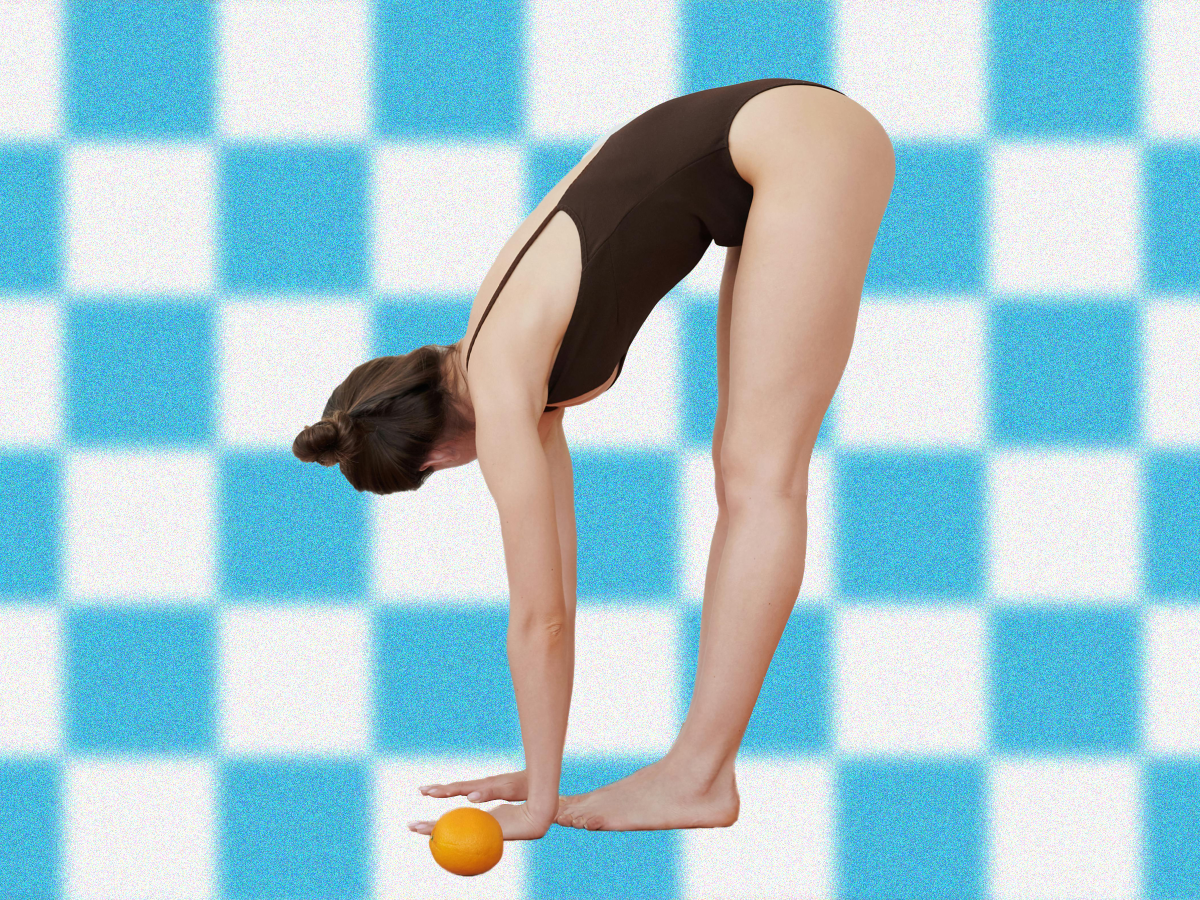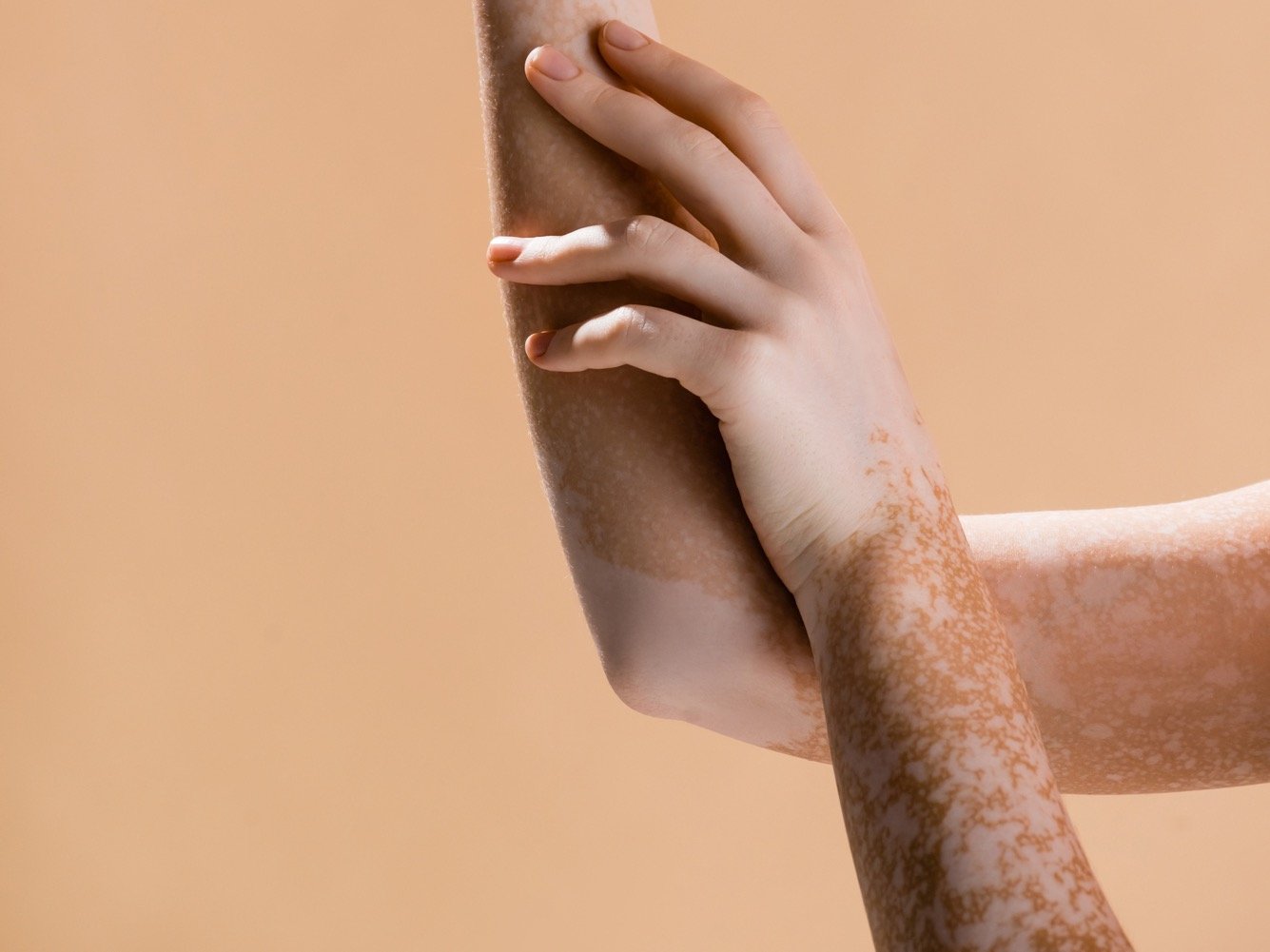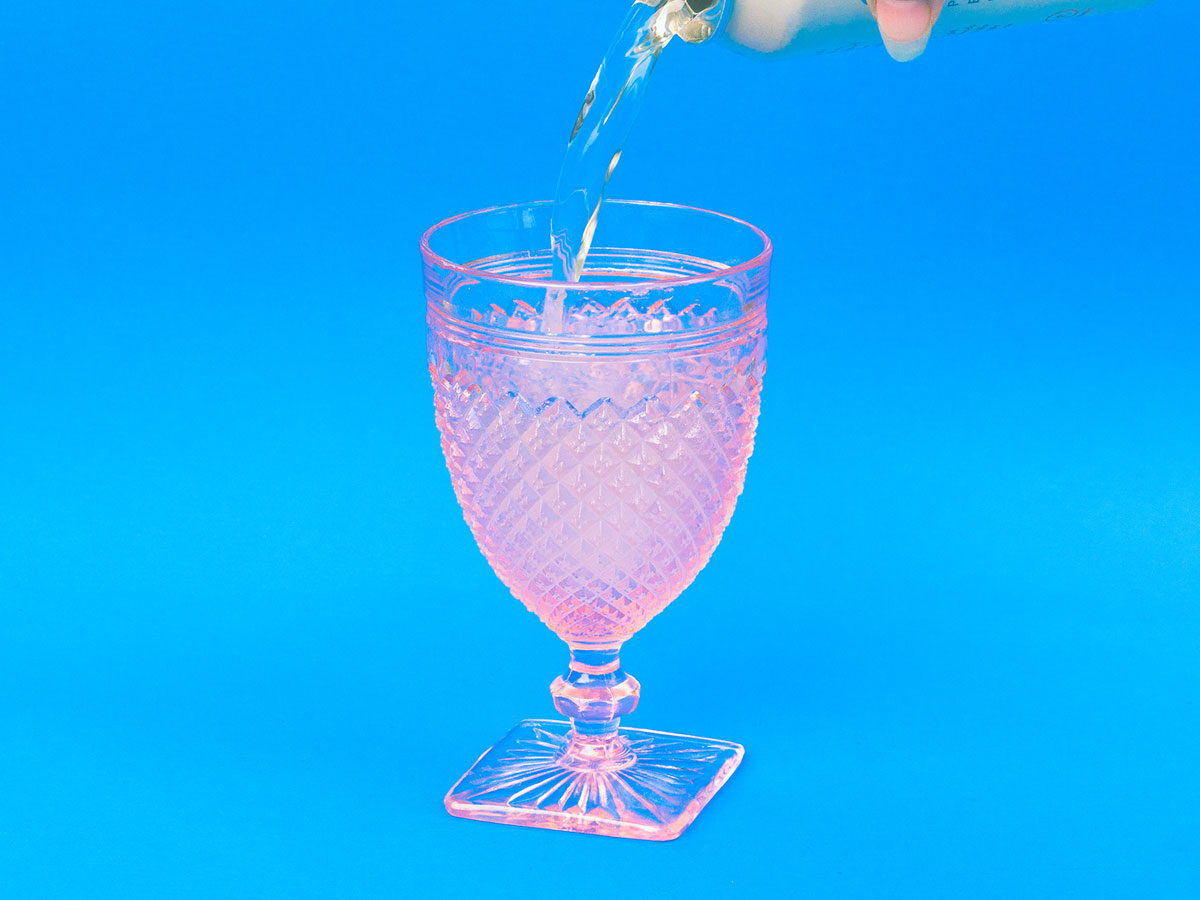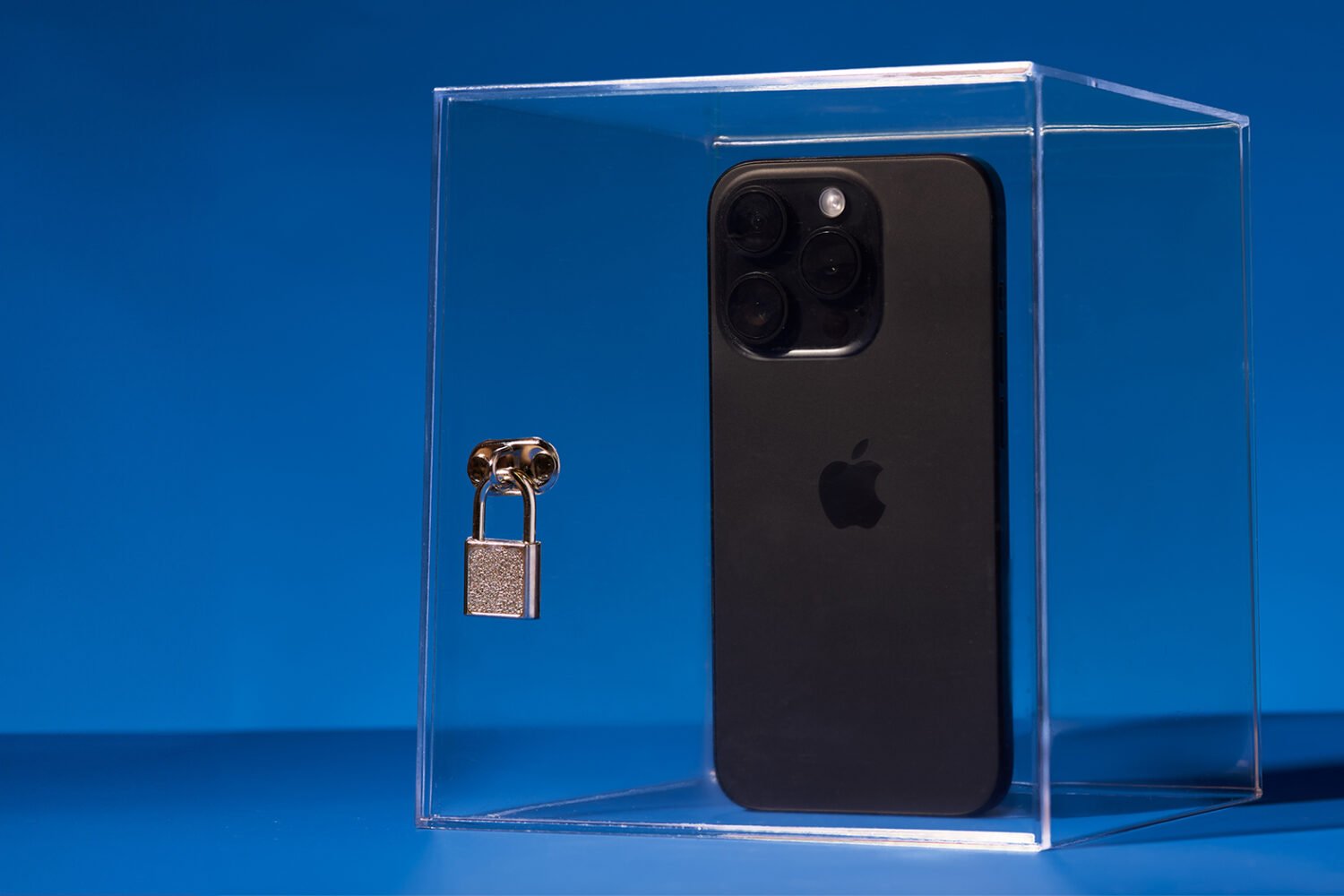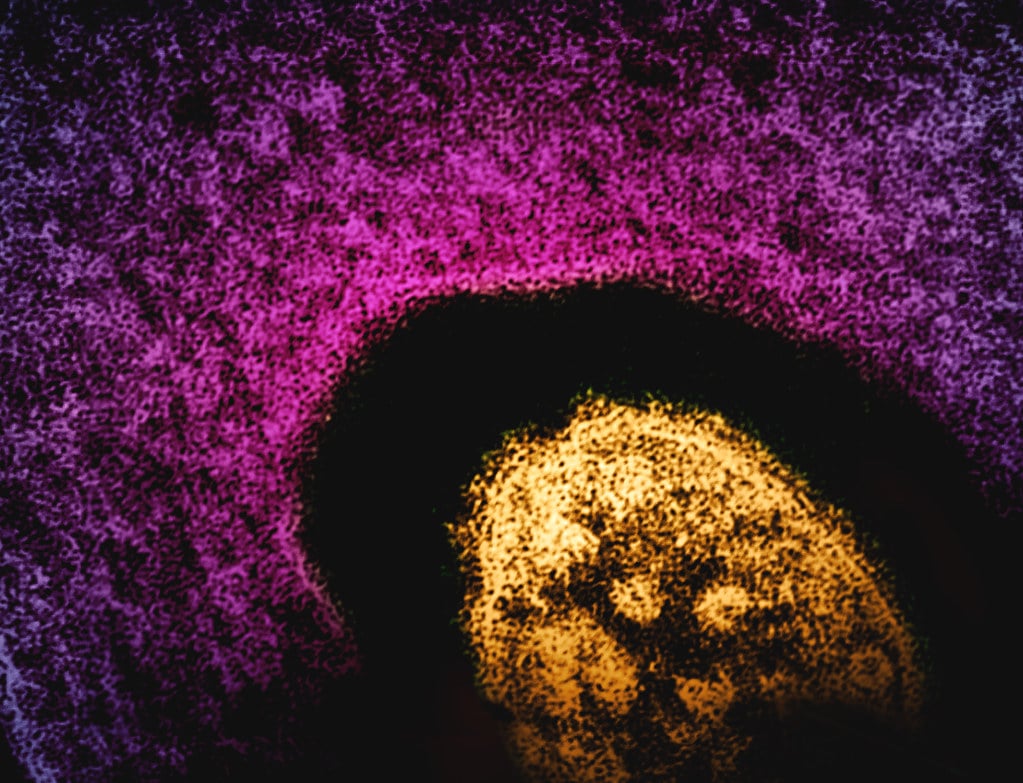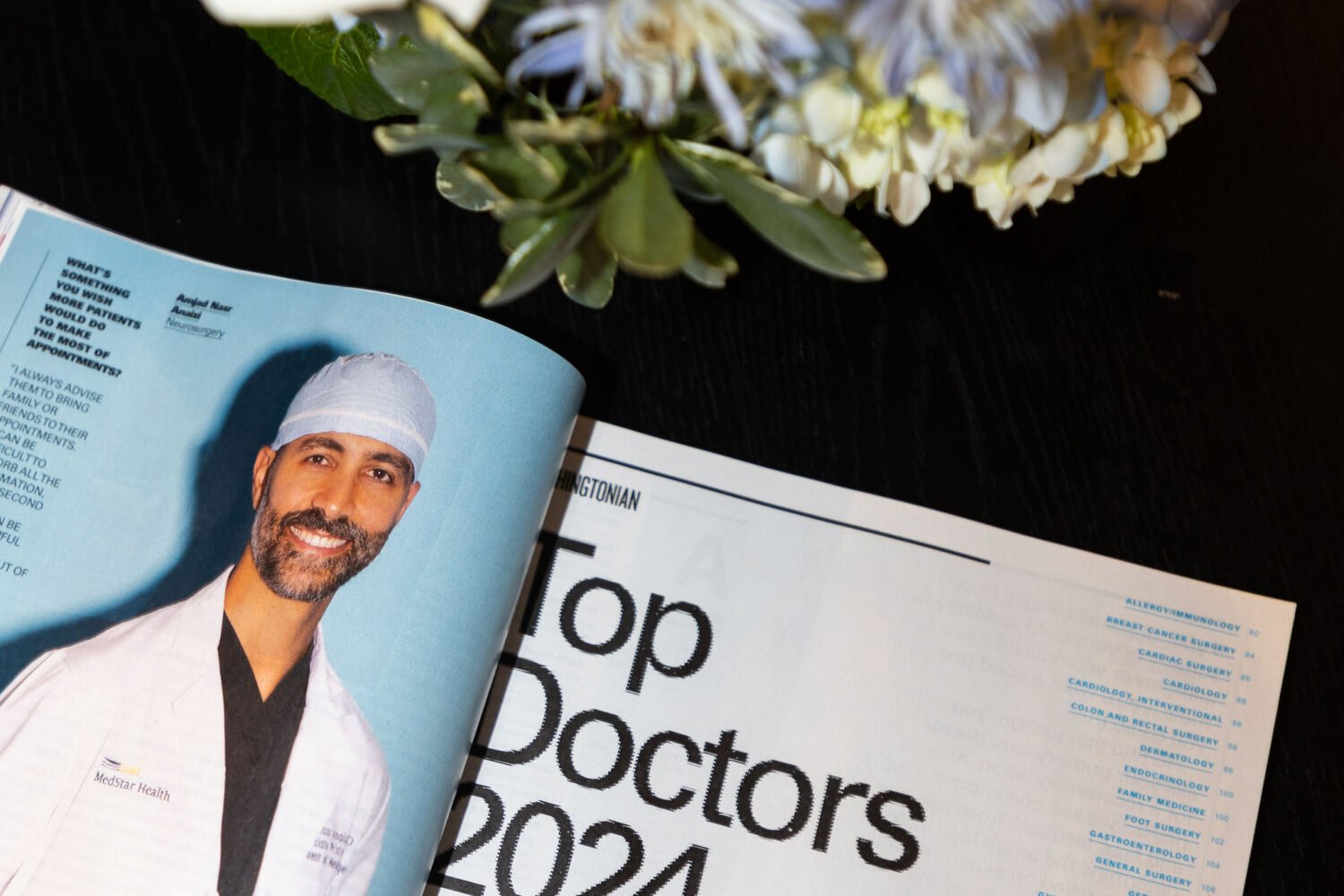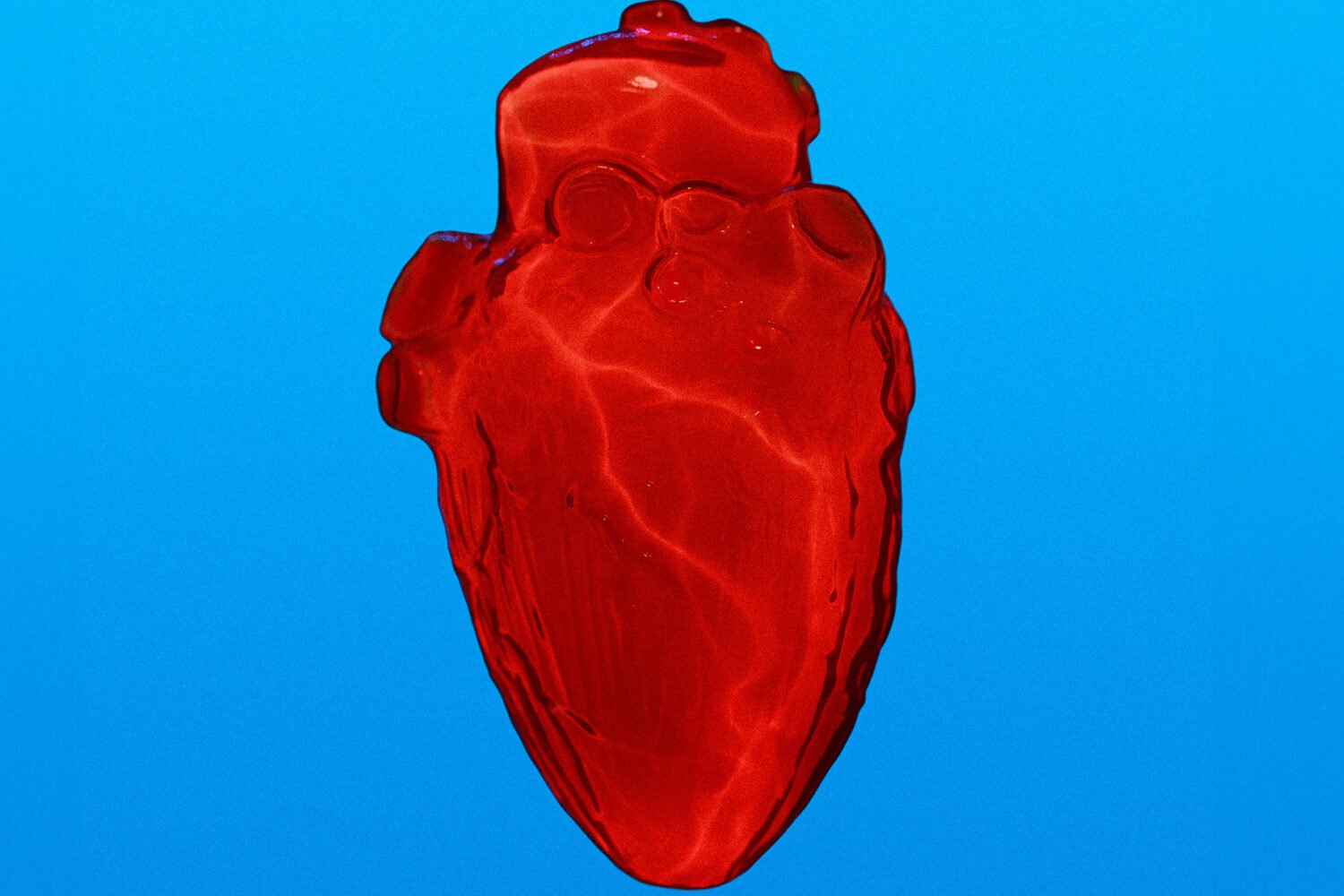Poor, misunderstood rhubarb. While it’s often called a fruit, it’s actually a vegetable. And while it’s a common ingredient in sugary, heavy desserts, thanks to its mouth-puckering tartness, it’s healthy on its own, says nutritional coach Elise Museles.
Rhubarb’s stems are high in calcium, which makes it a fine alternative for those who can’t digest dairy well. A serving also contains 207 micrograms of lutein, a carotenoid that is great for eye and skin health. Rhubarb is also high in vitamin K, which helps with blood clotting, as well as antioxidants.
The leaves, on the other hand, should be avoided, Museles warns. Rhubarb leaves contain oxalic acid, which can be toxic if ingested in large quantities. Stick with the stems and you’ll be just fine.
How to choose: Stems should be firm and deep red, with bright green leaves.
How to store: Rhubarb keeps well in the fridge for as long as two to three weeks, says Museles.
How to prepare: Wash the stalks and remove the leaves.
How to cook: Rhubarb is often used in pies and other desserts, but it can be roasted, added to salad, puréed for sauces, or mixed into smoothies.
Recipes to try:

